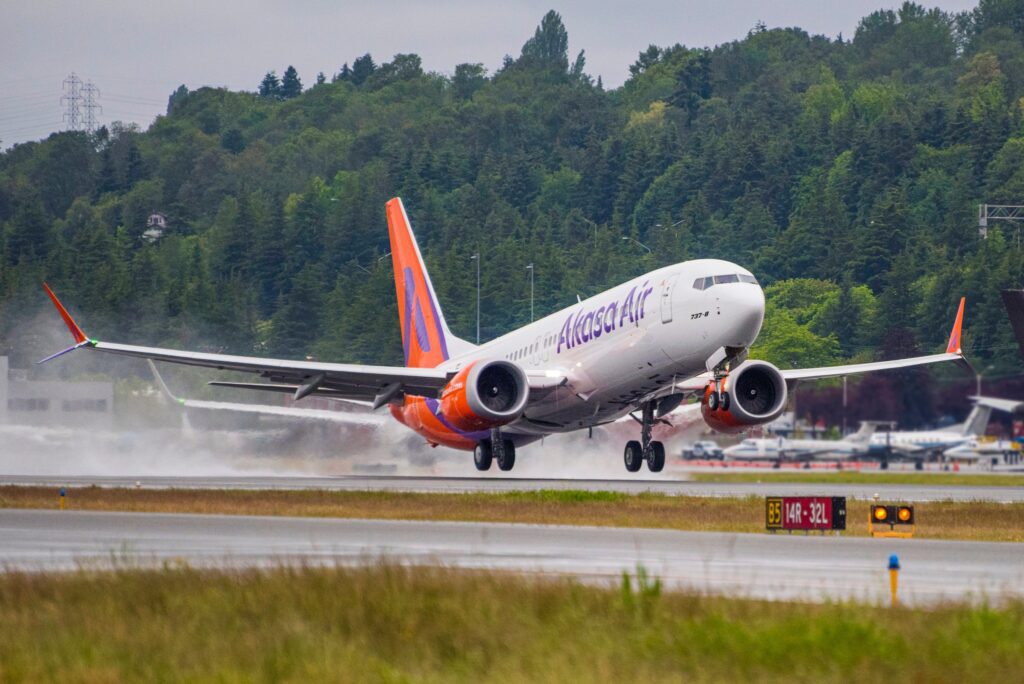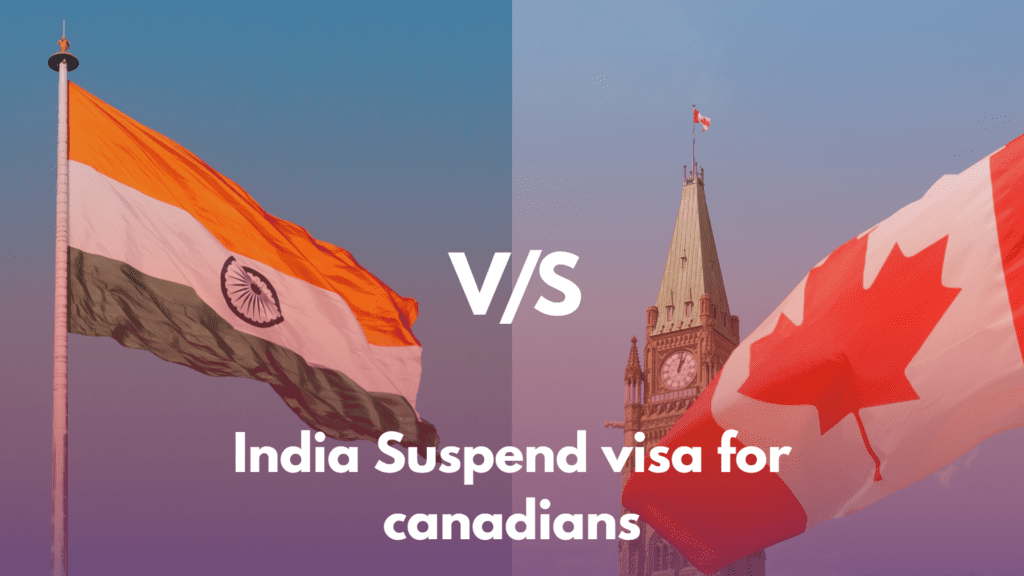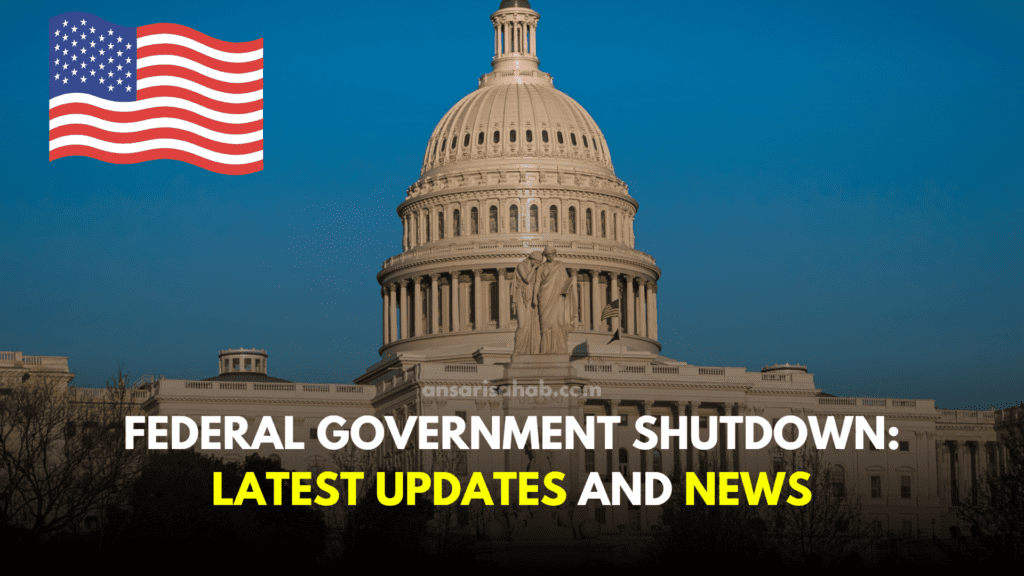
Iceland, a land of stunning landscapes and geological wonders, is currently in the throes of a volcanic eruption near the town of Grindavík. This event, unfolding since November 11, 2023, has sparked widespread evacuations and flight cancellations, underscoring the unpredictable nature of the country’s active volcanic activity.
I. Background of Iceland Volcanic Activity:
1.1. Volcanic Frequency: Iceland is home to over 30 active volcanoes, owing to its location on the Mid-Atlantic Ridge, where tectonic plates diverge.
1.2. Recent Eruptions:
- 2021: Fagradalsfjall volcano
- 2014: Bardarbunga volcano
- 2010: Eyjafjallajökull volcano (caused significant global air travel disruptions)
II. The Current Eruption:
2.1. Sequence of Events:
- November 9, 2023: Seismic activity begins on the Reykjanes Peninsula.
- November 11, 2023: Volcanic eruption near Grindavík.
2.2. Evacuations:
- Over 6,000 people evacuated as a precautionary measure.
- Evacuees housed in temporary accommodations in nearby towns.
2.3. Flight Cancellations:
- Disruption of flights to and from Keflavík International Airport.
- Check with airlines for updates on flight status.
Read Also: Solar Superstorm Threat Could Wipe Out the Internet: What you need to know
III. Impact and Environmental Consequences:
3.1. Environmental Impact:
- Ash and lava contaminating air and water.
- Damage to wildlife and vegetation.
3.2. Humanitarian Response:
- Donation options: Icelandic Red Cross and other aid organizations.
- Share information on social media to raise awareness.
IV. Iceland History of Volcanic Eruptions:
4.1. 2014 Eruption:
- Bardarbunga volcano eruption lasting six months.
4.2. 2010 Eruption:
- Eyjafjallajökull volcano eruption causing global air travel disruptions.
V. What to Do If You Are in Iceland:
5.1. Stay Informed:
- Regularly check the Icelandic Meteorological Office website.
- Follow instructions from local authorities.
5.2. Precautionary Measures:
- Be prepared to evacuate if necessary.
- Avoid areas at risk of flooding or mudslides.
VI. Conclusion:
The ongoing volcanic eruption in Iceland serves as a stark reminder of the country’s geological activity. While the current eruption is smaller than historical events, its impact on the environment and society reinforces the need for vigilance. Travelers and residents alike must stay informed and follow safety guidelines during this dynamic situation.
VII. Additional Information:
7.1. Reykjanes Peninsula Eruption Details:
- Occurrence: Near Grindavík.
- Initiation: November 11, 2023.
7.2. Live Coverage and Updates:
- Icelandic Meteorological Office: [Link]
- Icelandic Broadcasting Corporation: [Link]
- Reykjavík Grapevine: [Link]
7.3. Recent Earthquake:
- November 11, 2023: Magnitude 4.5 earthquake in Reykjanes Peninsula.
- Minor damage reported in Grindavik; no injuries.
7.4. Travel Considerations:
- Check with airlines for flight status.
- Monitor updates from Icelandic government: [Link].
By staying informed and taking necessary precautions, individuals can navigate the current volcanic activity in Iceland safely. The situation is evolving, and regular updates from reliable sources are crucial for those in the affected regions or planning travel to Iceland in the near future.








